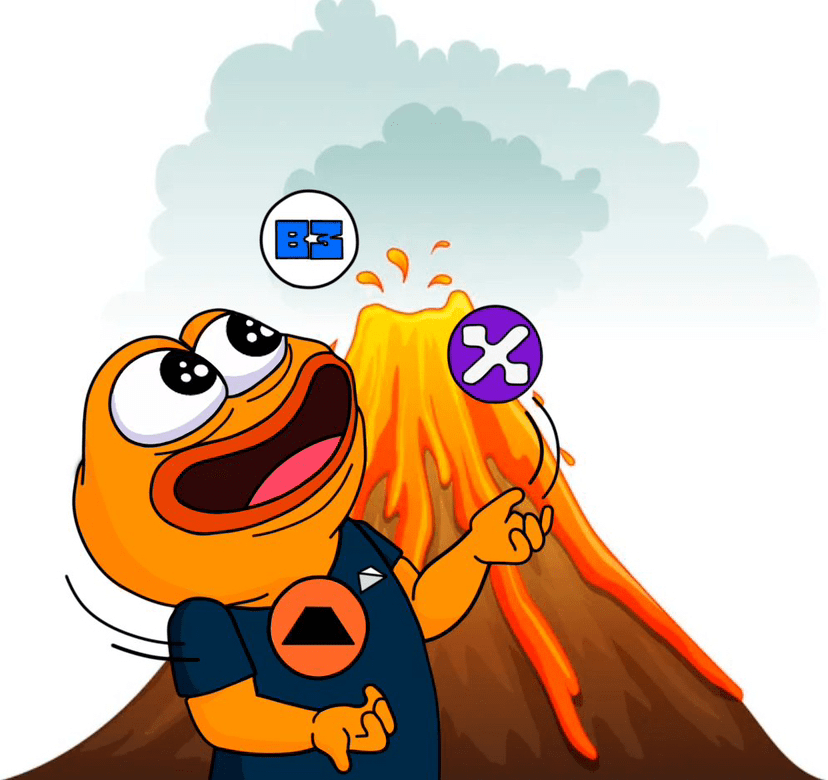While most Layer2 projects are content to be Ethereum's "scaling branches," Caldera (ERA) is becoming a "co-builder" of the Ethereum ecosystem through deep collaborative strategies. This positioning allows ERA's value radiation range to far exceed that of ordinary Layer2 tokens.
In terms of technical synergy, Caldera is one of the first adapters of Ethereum's "Danksharding" upgrade, with ERA serving as a "cross-stage transition tool." For example, before Danksharding is fully implemented, Caldera uses ERA's "data compression protocol" to reduce the amount of on-chain data from Layer2 by 40%, indirectly reducing the burden on the Ethereum mainnet; when Danksharding goes live, ERA can automatically convert into a "data settlement token" compatible with the new architecture, ensuring that Layer2 based on Caldera seamlessly connects to the new Ethereum ecosystem. This forward-looking layout allows ERA to maintain its value relevance throughout Ethereum's iterative process.
At the ecological synergy level, ERA forms a "complementary cycle" with Ethereum DeFi projects. For example, the ERA-ETH liquidity pool on Curve provides Caldera users with cross-chain exchange channels, while Layer2 projects on Caldera allocate 5% of their profits to repurchase ERA and inject it into this pool, creating a positive liquidity incentive. Currently, the locked value of ERA in Ethereum DeFi has reached $120 million, making it an important liquidity node connecting Layer2 and the mainnet.

This kind of non-dependent, mutually growing relationship allows ERA to shed the label of being an "appendage to Ethereum's ups and downs," forming an independent value support logic—Even if Ethereum experiences short-term fluctuations, as long as the users and transactions in the Caldera ecological Layer2 continue to grow, ERA can still maintain its own growth momentum.